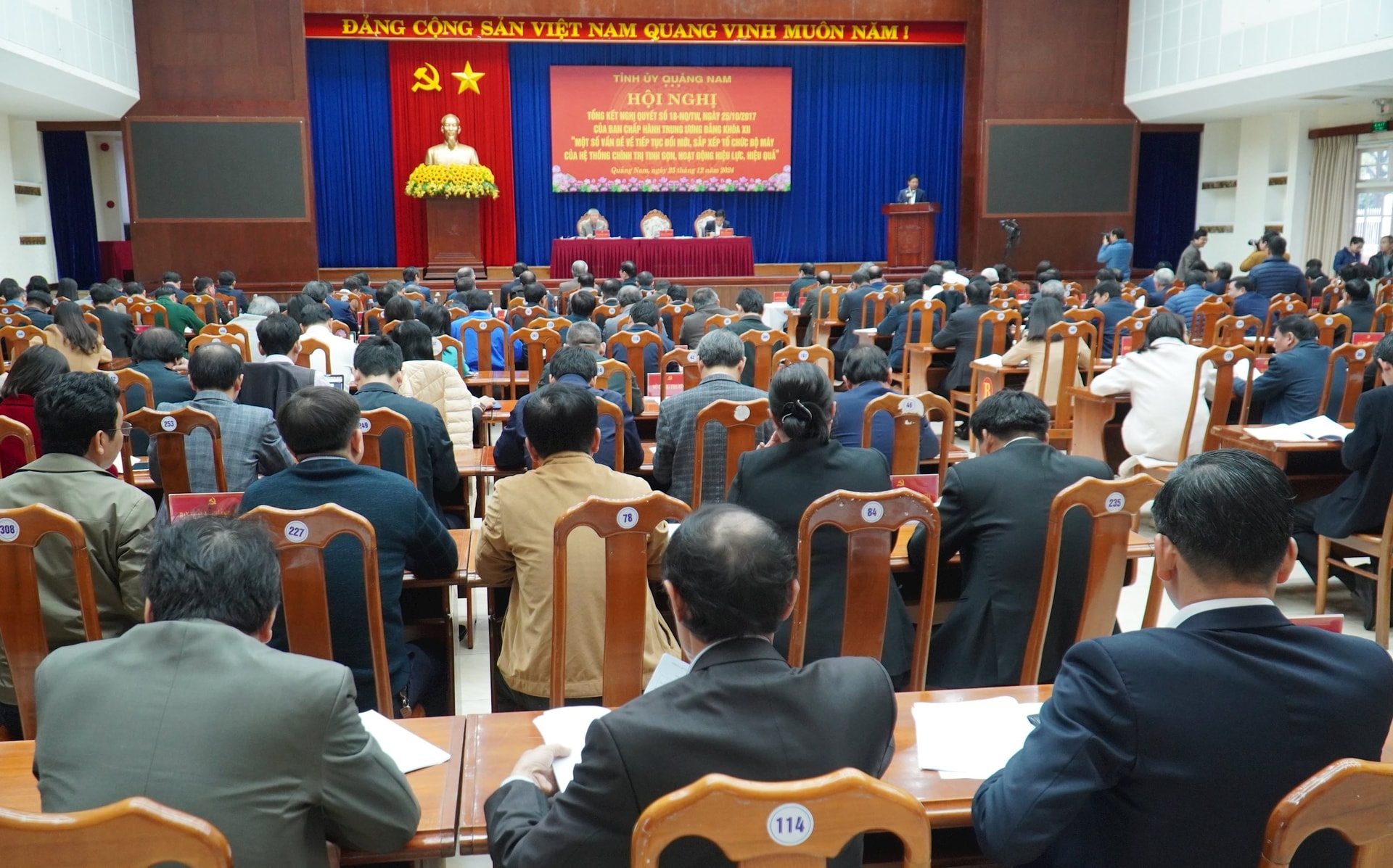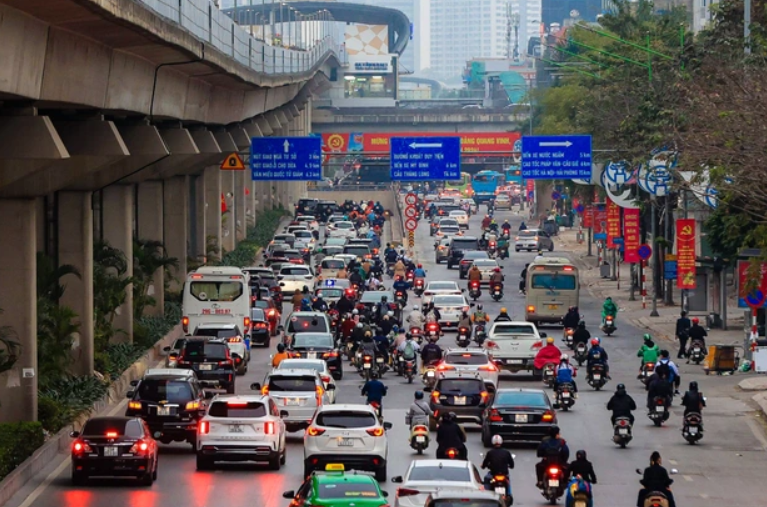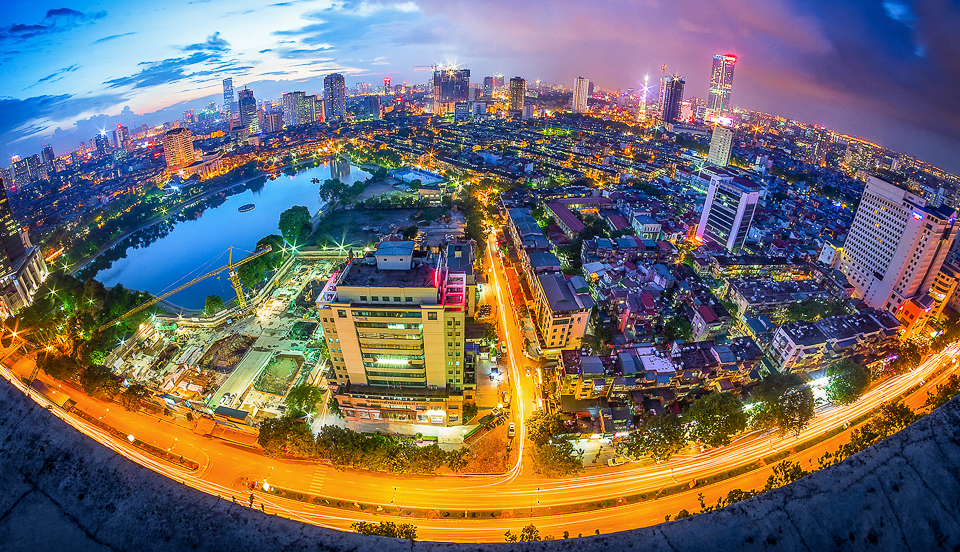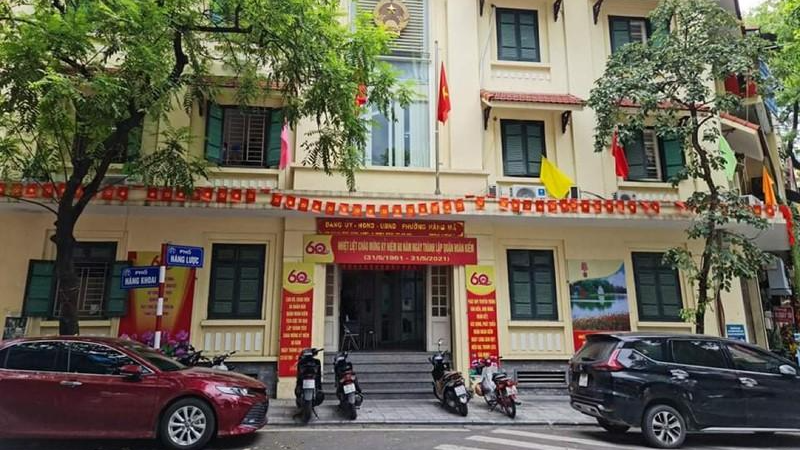Regulations on the development of technical infrastructure and traffic infrastructure of Hanoi
Below is the content of regulations on the development of technical infrastructure and traffic infrastructure of Hanoi Capital according to the Capital Law 2024.

Regulations on the development of technical infrastructure and traffic infrastructure of Hanoi (Image from the internet)
Capital Law 2024 was passed by the 15th National Assembly of the Socialist Republic of Vietnam, 7th session on June 28, 2024.
Regulations on the development of technical infrastructure and traffic infrastructure of Hanoi
According to Article 30 of the Capital Law 2024, the development of technical infrastructure and traffic infrastructure of Hanoi is regulated as follows:
The City People's Council regulates the following contents:
- Investment policies and mobilization of resources for investment, development, maintenance, and upkeep of technical infrastructure works, works ensuring traffic safety, alleviating traffic congestion, and public underground works in the City;
- Policies for developing a high-capacity public passenger transport system; encouraging investment in the construction and operation of urban railways, buses, stations, parking lots, and the use of low-emission vehicles; limiting personal transportation into central areas to reduce traffic congestion and emissions; applying congestion reduction fees;
- Policies for developing ring roads, logistics centers, public transport systems within the City, and connecting with provinces and centrally governed cities for regional linkage and development with the Capital;
- Encouraging the application of high technology in the management and operation of the transportation system;
- Policies for managing and exploiting urban roads and railways, ensuring traffic order and safety, and urban civility.
Urban Development of Hanoi following transit oriented development
Additionally, according to clauses 2, 3, and 4 of Article 31 of the Capital Law 2024, the development of urban areas following transit oriented development (TOD model) is regulated as follows:
(1) The planning, decision-making, and management of urban railway systems, large-capacity public passenger transport routes, and TOD areas are applied as follows:
- Based on the Capital's Master Plan, the City People's Committee is authorized to adjust the use functions of land within TOD areas to exploit land funds and value increments from land, develop urban railways, other public passenger transport methods, and urban development in the TOD area;
- In TOD areas, the City People's Committee is authorized to apply architectural planning standards, technical, social infrastructure, spatial requirements, and land use different from those stipulated in the national technical regulations on construction planning, ensuring compatibility with the Capital's General Plan;
- For areas with approved sub-regional plans or equivalents, if a new proposal differing from the approved plan content is made during urban railway route planning, large-capacity public passenger transport route planning, or TOD area planning, the assigned planning entity must seek the City People's Committee's approval. Approval of the urban railway route or TOD area's detailed planning replaces the relevant content in the approved sub-regional plan without needing additional localized planning adjustments.
(2) Investment in developing urban railways in the City is prioritized using the TOD model, ensuring modernity, synchronization, and sustainability, applied as follows:
- The City People's Council decides the investment policy for urban railway projects under the TOD model in phases; it also decides on separating compensation, support, and resettlement content into independent projects;
- The City People's Committee decides on investment in urban railway projects under the TOD model, investment or approval of investment policies for component projects, and investment in land recovery, compensation, support, and resettlement projects;
- The content, sequence, procedure, and authority for appraising the projects specified in points a and b of this clause are conducted similarly to Group A projects under the provincial People's Council's authority as prescribed by public investment law;
- The City People's Committee is authorized to choose and apply standards for the City's urban railways.
(3) In the TOD area, the City can collect and use 100% of the following revenue to develop urban railways, public transport systems, and technical infrastructure connecting with public passenger transport systems:
- Revenue from increased construction floor area due to higher land use coefficients and other planning indicators in the TOD area;
- Revenue from exploiting the additional value from land in the TOD area;
- Infrastructure improvement fees.
More details can be found in Capital Law 2024, effective from January 01, 2025, except for the following provisions effective from July 01, 2025:
- The management and use of underground space as stipulated in Article 19 of the Capital Law 2024;
- The establishment of commercial and cultural development zones as stipulated in clause 7, Article 21 of the Capital Law 2024;
- The development of science and technology, innovation, and digital transformation as stipulated in Article 23 of the Capital Law 2024;
- Controlled experimentation as stipulated in Article 25 of the Capital Law 2024;
- The implementation of construction - transfer contracts as stipulated in Article 40 of the Capital Law 2024.
Le Nguyen Anh Hao
- Key word:
- Hanoi
- infrastructure
- Number of deputy directors of departments in Vietnam in accordance with Decree 45/2025/ND-CP
- Cases ineligible for pardon in Vietnam in 2025
- Decree 50/2025 amending Decree 151/2017 on the management of public assets in Vietnam
- Circular 07/2025 amending Circular 02/2022 on the Law on Environmental Protection in Vietnam
- Adjustment to the organizational structure of the Ministry of Health of Vietnam: Certain agencies are no longer listed in the organizational structure
- Vietnam aims to welcome 22-23 million international tourists in Vietnam in 2025
-

- Plan on the organization and arrangement of specialized ...
- 14:47, 18/02/2025
-

- Conditions for developing a proposal to use public ...
- 18:29, 05/02/2025
-

- Announcement on the schedule for Lunar New Year ...
- 06:54, 06/01/2025
-

- Principles of operation for the People's Commitees ...
- 08:30, 30/12/2024
-

- 05 principles of operation for the People's Committees ...
- 18:00, 28/12/2024
-

- Notable new policies of Vietnam effective as of ...
- 16:26, 11/04/2025
-
.Medium.png)
- Notable documents of Vietnam in the previous week ...
- 16:21, 11/04/2025
-
.Medium.png)
- Notable documents of Vietnam in the previous week ...
- 16:11, 02/04/2025
-
.Medium.png)
- Notable new policies of Vietnam to be effective ...
- 16:04, 02/04/2025
-
.Medium.png)
- Notable new policies of Vietnam effective from ...
- 14:51, 21/03/2025
 Article table of contents
Article table of contents
